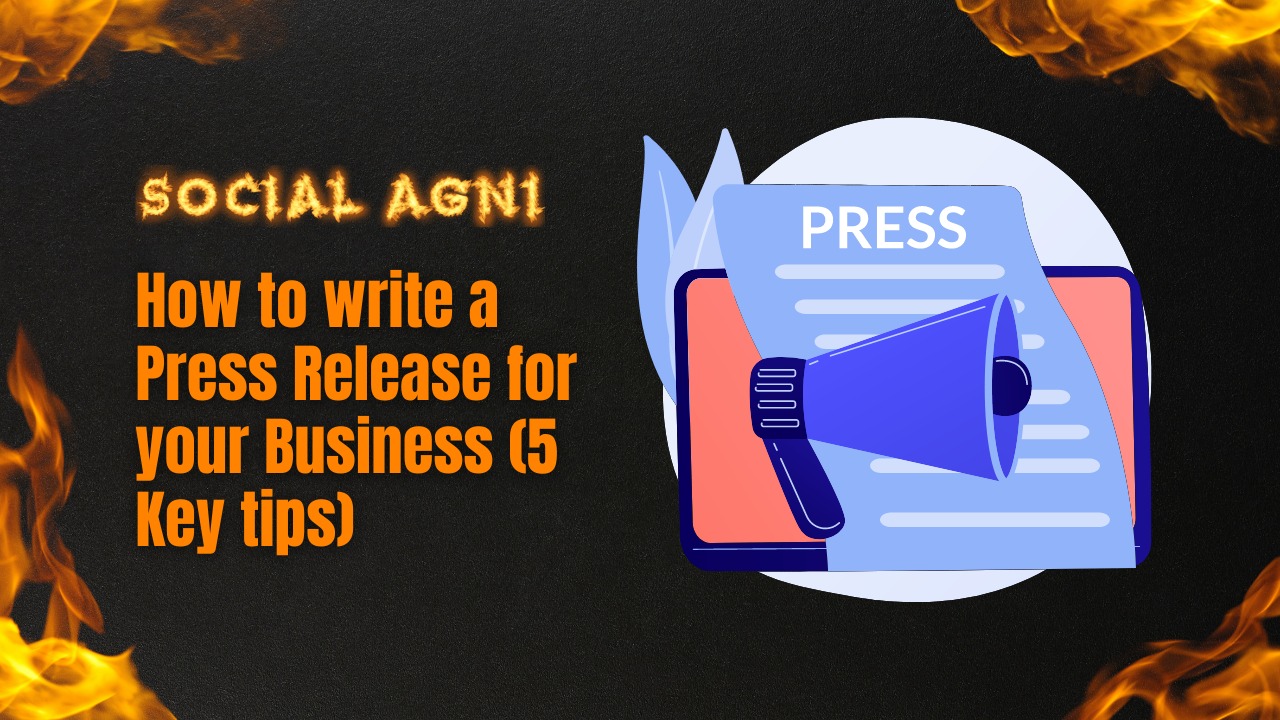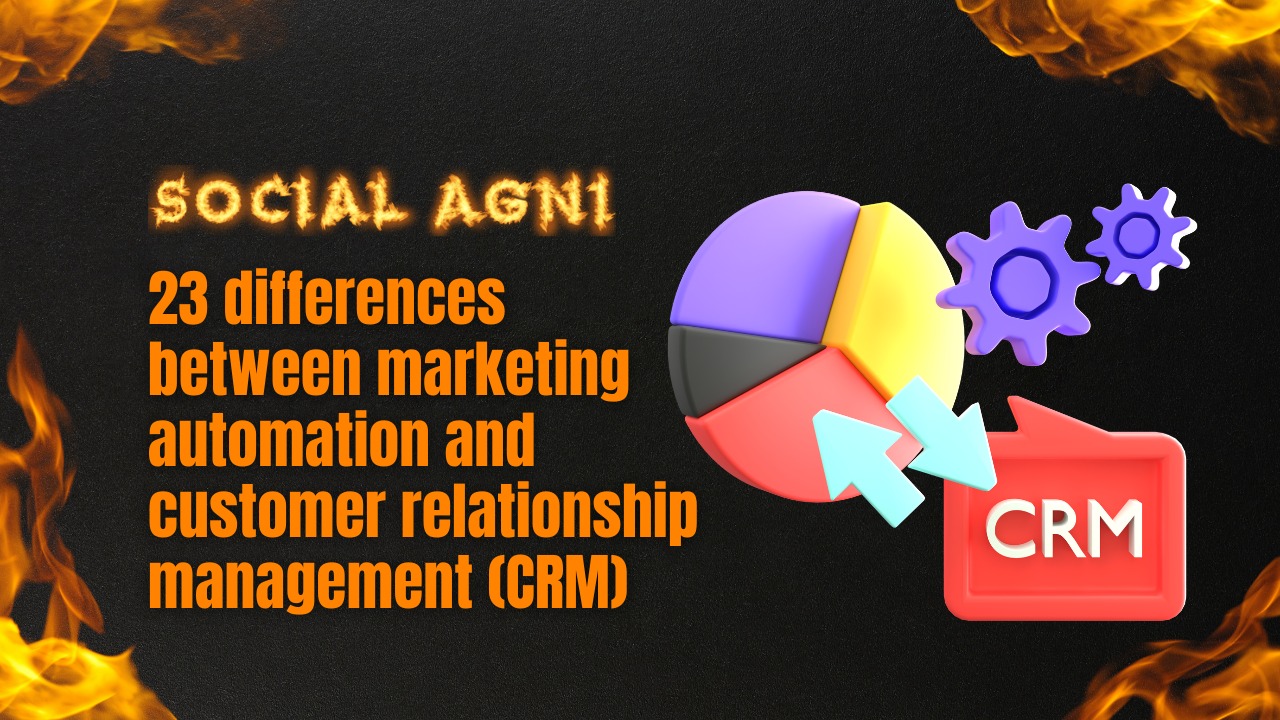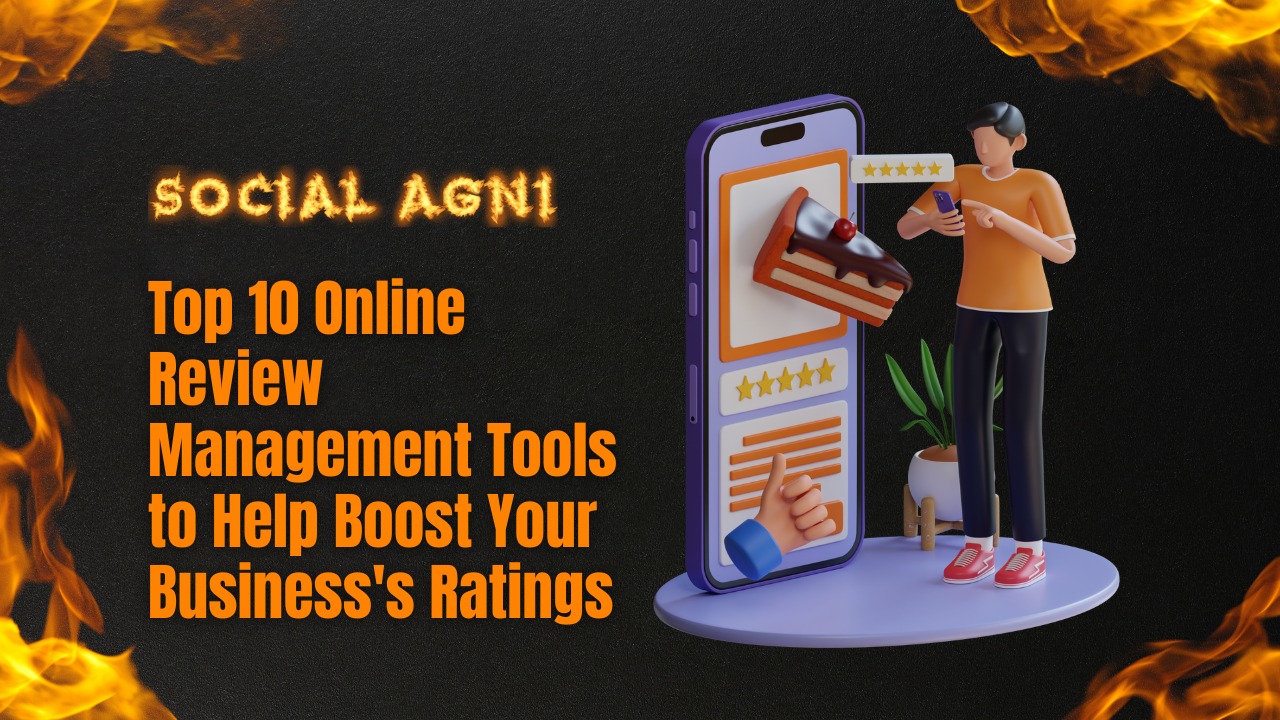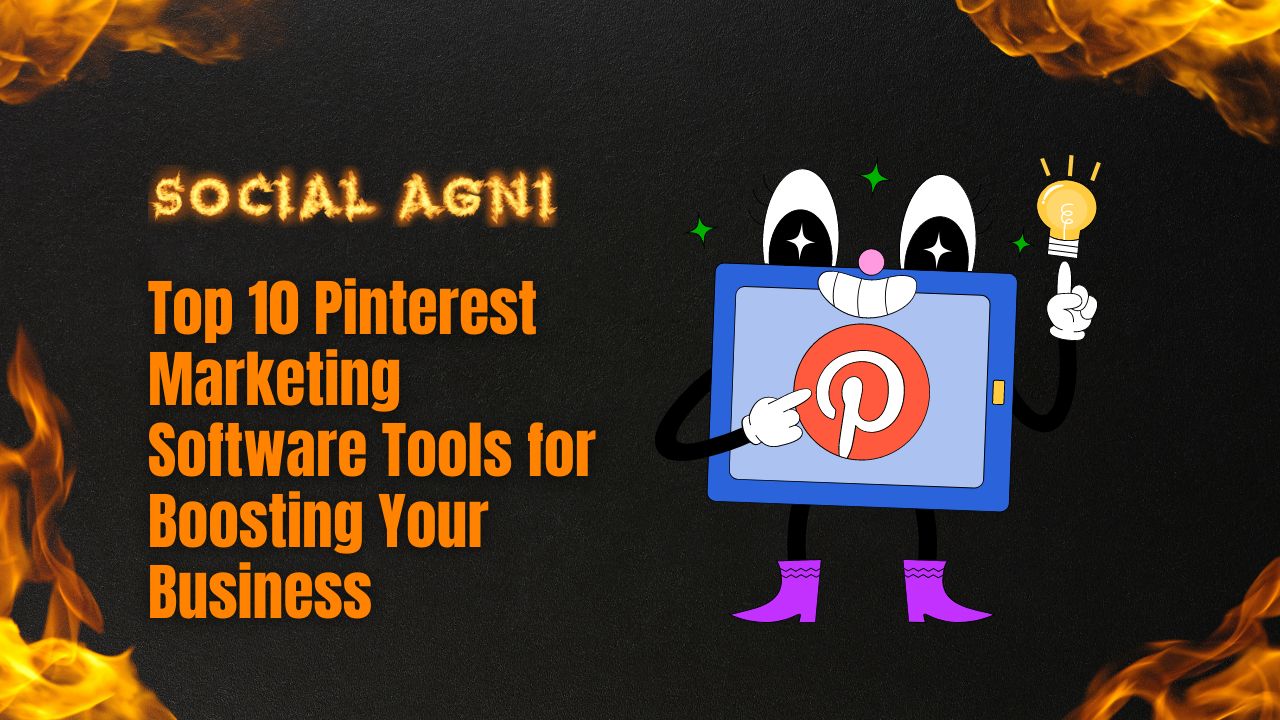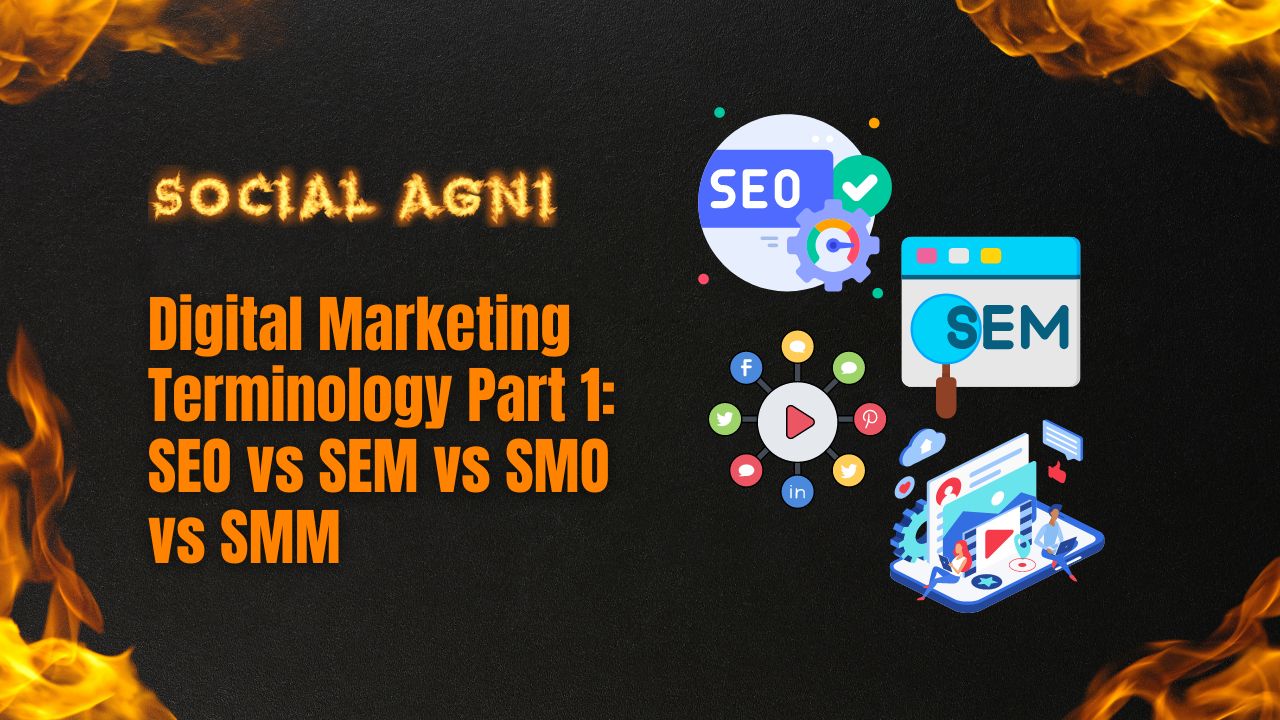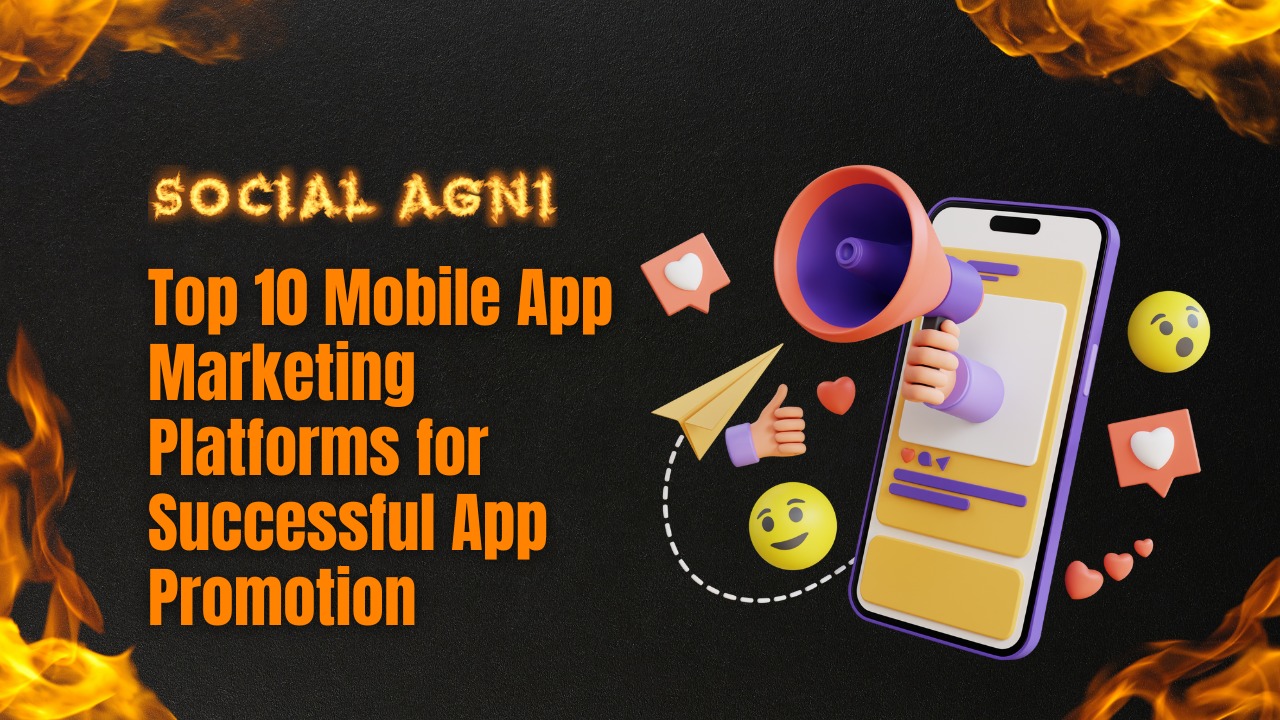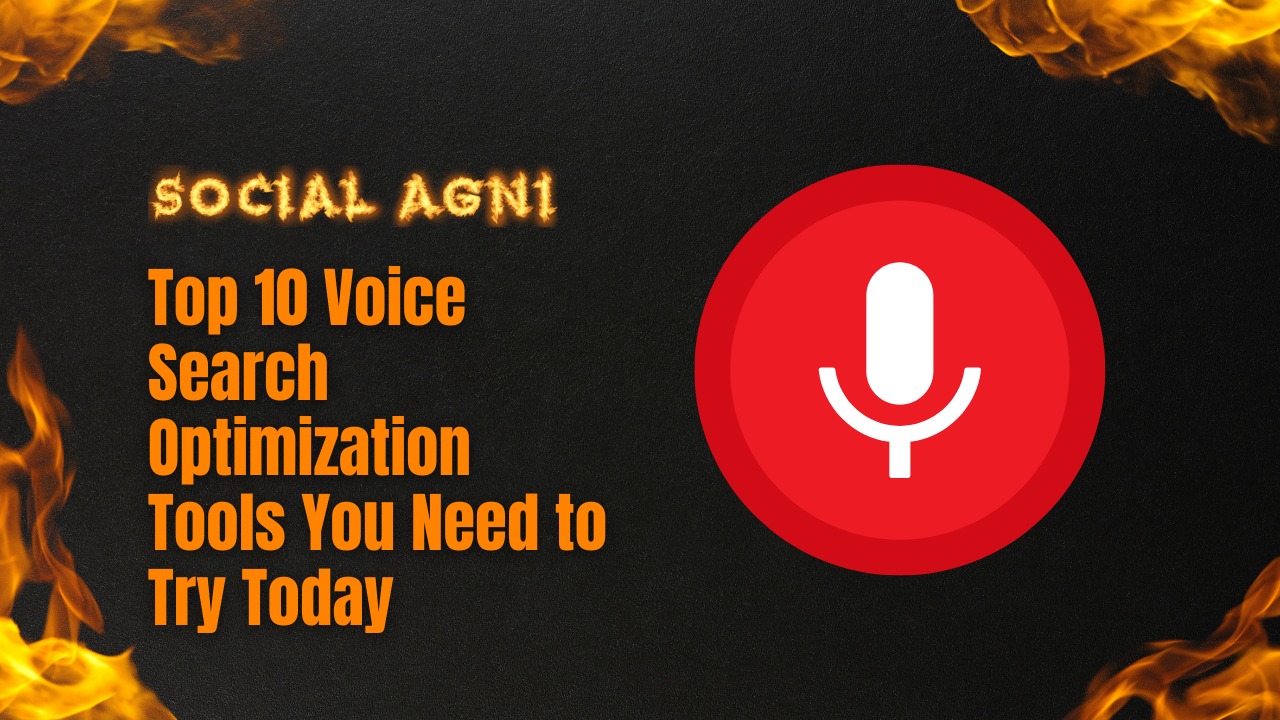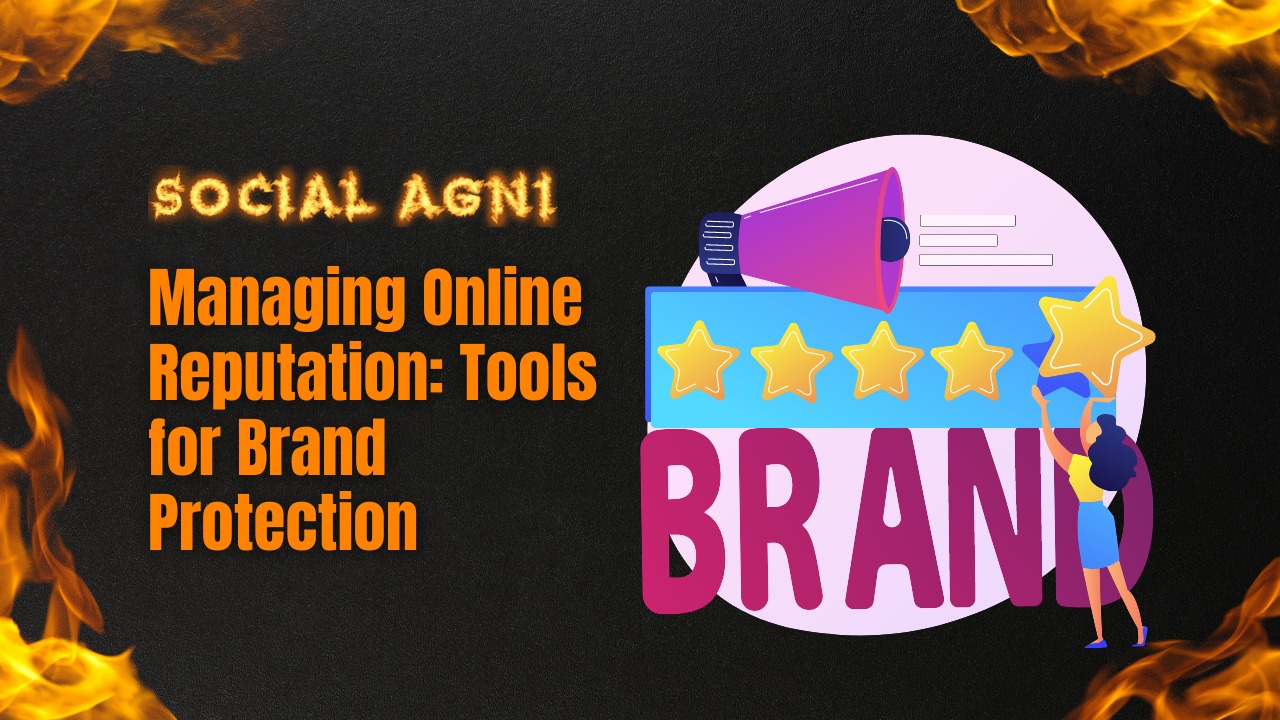If you’re looking to promote your business or product, a press release is a powerful tool to reach out to the media and gain valuable publicity. However, writing an effective press release can be a challenging task, especially if you’re new to the process. In this article, we’ll share five key tips to help you write a press release that grabs attention and gets your message out to the world.
1. Start with a Compelling Headline
The headline is the first thing that journalists and readers will see when they come across your press release, so it’s crucial to make it count. The headline should be short, clear, and attention-grabbing, and ideally no more than 10-12 words. It should also accurately reflect the key message of your story.
To make your headline more compelling, consider using action verbs, emotional language, or a sense of urgency that conveys excitement and intrigue. For example, instead of “New Product Launch,” you could say “Revolutionary New Product Launches to Change the Game.” This approach grabs the reader’s attention and encourages them to read further. Avoid using industry jargon or technical terms that might be unfamiliar to your audience, as this could turn them off.
Remember, the headline is not only for journalists but also for your target audience. You need to craft a headline that will resonate with them and make them want to learn more. Think about the benefit or solution that your product or service offers and use that as the basis for your headline.
2. Craft a Strong Lead Paragraph
After the headline, the first paragraph of your press release is the next most important element. This is where you need to hook the reader and provide a brief summary of your story. The lead paragraph should answer the key questions that a reader or journalist might have: who, what, where, when, why, and how. Keep it concise and to the point, ideally no more than 2-3 sentences.
Your lead paragraph should also include a “hook” that grabs the reader’s attention and makes them want to read further. This could be a surprising statistic, a compelling quote, or an interesting anecdote that illustrates the key point of your story.
Remember, the purpose of the lead paragraph is to entice the reader to continue reading the rest of your press release. You want to provide just enough information to pique their interest and encourage them to learn more.
3. Provide Relevant Details
Once you’ve established the basics of your story in the lead paragraph, it’s time to provide more detailed information. This could include quotes from company executives, statistics or data that support your announcement, and additional background information that helps to flesh out the story. Make sure to use specific examples and anecdotes to illustrate your points, and avoid being overly promotional or sales-oriented in your language.
The main body of your press release should provide more context and detail about your announcement, including any relevant background information that readers or journalists might need to understand the significance of your story. It’s important to provide accurate and reliable information that can be verified by journalists or other interested parties.
Remember, the goal of a press release is not to sell but to inform and educate. Your press release should provide valuable information that journalists can use to write their own stories. This will increase the chances of your press release getting picked up and generating valuable coverage for your business.
4. Include Contact Information
One of the primary purposes of a press release is to generate media coverage, so it’s essential to provide clear contact information for journalists who might want to follow up on your story. This should include the name, phone number, and email address of a spokesperson or media contact who can answer questions or provide additional information. Make sure to also include your company’s website or social media handles, so that journalists can easily access more information about your business.
It’s important to make your contact information easy to find and use. Ideally, you should include it at the end of your press release, after the main body of the text. You can also include a boilerplate paragraph that provides a brief overview of your company and its products or services. This can be useful for journalists who are not familiar with your business and want to learn more.
Remember, the purpose of including contact information is to make it easy for journalists to follow up with you if they have questions or want to learn more about your story. You should be prepared to respond quickly and professionally to any inquiries you receive, and provide additional information or resources as needed. This can help to establish your business as a credible source of information and expertise in your industry.
5. Proofread and Edit Carefully
Finally, before you send out your press release, it’s essential to proofread and edit carefully. This can help to catch any errors or typos that might detract from the credibility of your story. You should also double-check all of the facts and figures in your press release to make sure that they are accurate and up-to-date.
When proofreading your press release, pay attention to grammar, spelling, and punctuation errors, as well as awkward phrasing or unclear sentences. It’s often helpful to read your press release out loud to catch any mistakes or inconsistencies that you might not notice when reading silently.
Remember, your press release is a reflection of your business and its professionalism. A well-written and error-free press release can help to establish your business as a credible source of information and expertise in your industry. By taking the time to proofread and edit carefully, you can increase the chances of your press release getting picked up by the media and generating valuable coverage for your business.
Conclusion
In conclusion, writing a press release for your business can be a highly effective way to generate media coverage and raise awareness of your products or services. By following these five key tips, you can increase the chances of your press release getting noticed by journalists and readers, and establish your business as a credible source of information and expertise in your industry. Remember to start with a compelling headline, craft a strong lead paragraph, provide relevant details, include contact information, and proofread and edit carefully. With a well-written press release, you can help your business to gain visibility and credibility, and reach a wider audience of potential customers and partners.
Frequently Asked Questions (FAQs)
1. What is a press release and why is it important for businesses?
A press release is an official statement issued to the media to communicate news or information about a company or its products or services. It is important for businesses because it can generate media coverage, raise awareness of their brand, and establish them as a credible source of information and expertise in their industry.
2. What should be included in a press release headline?
A press release headline should be short, attention-grabbing, and provide a clear idea of the main news or information being conveyed in the press release. It should also be written in an active voice and contain keywords that are relevant to the topic.
3. What is the lead paragraph of a press release and why is it important?
The lead paragraph of a press release is the first paragraph that follows the headline and provides a summary of the main news or information being conveyed in the press release. It is important because it can help to grab the reader’s attention and entice them to read on.
4. What are some tips for crafting a strong lead paragraph in a press release?
Some tips for crafting a strong lead paragraph in a press release include keeping it concise, highlighting the most important information, and using active voice and strong verbs to make the writing more engaging.
5. What types of details should be included in the body of a press release?
The body of a press release should include relevant details such as quotes from company representatives, statistics or data that support the news or information being conveyed, and any other relevant information that helps to provide context or background.
6. What is the ideal length for a press release?
The ideal length for a press release is generally between 300 and 800 words. It should be long enough to provide all of the relevant information, but short enough to keep the reader engaged.
7. Should a press release be written in a formal or informal tone?
A press release should generally be written in a formal tone to maintain professionalism and credibility.
8. What are some best practices for including contact information in a press release?
Some best practices for including contact information in a press release include providing multiple ways to contact the company (such as phone, email, and website), and ensuring that the contact information is accurate and up-to-date.
9. How soon should a press release be distributed after the news or information is announced?
A press release should ideally be distributed as soon as possible after the news or information is announced to maximize its potential impact and relevance.
10. What are some common mistakes to avoid when writing a press release?
Common mistakes to avoid when writing a press release include using jargon or overly technical language, making unsupported or exaggerated claims, and failing to proofread and edit carefully.
11. How can a business increase the chances of their press release getting noticed by journalists?
A business can increase the chances of their press release getting noticed by journalists by ensuring that it is well-written, relevant, and newsworthy, and by targeting it to the appropriate media outlets and journalists.
12. Should a press release be distributed through a wire service or directly to journalists?
It depends on the goals and resources of the business. A wire service can help to distribute a press release to a large number of media outlets, but can be expensive. Directly targeting journalists can be more targeted and cost-effective, but requires more effort and research.
13. How can a business measure the success of a press release?
A business can measure the success of a press release by tracking media coverage, website traffic, social media engagement, and other metrics that are relevant to their goals and objectives.
14. Can a press release be used for other purposes besides generating media coverage?
Yes, a press release can also be used to announce new products or services, promote events, or share other important company news or information with stakeholders such as investors or customers.
15. Are there any legal considerations to keep in mind when writing a press release?
Yes, there are legal considerations to keep in mind when writing a press release, such as avoiding making false or misleading statements, respecting copyrights and trademarks, and adhering to any industry-specific regulations or guidelines. It is important to consult with legal or regulatory experts if there are any concerns about the content of a press release.
ALSO READ: How to grow your Instagram in 2023?
